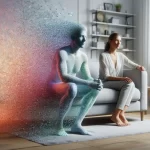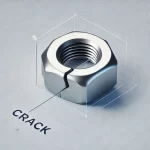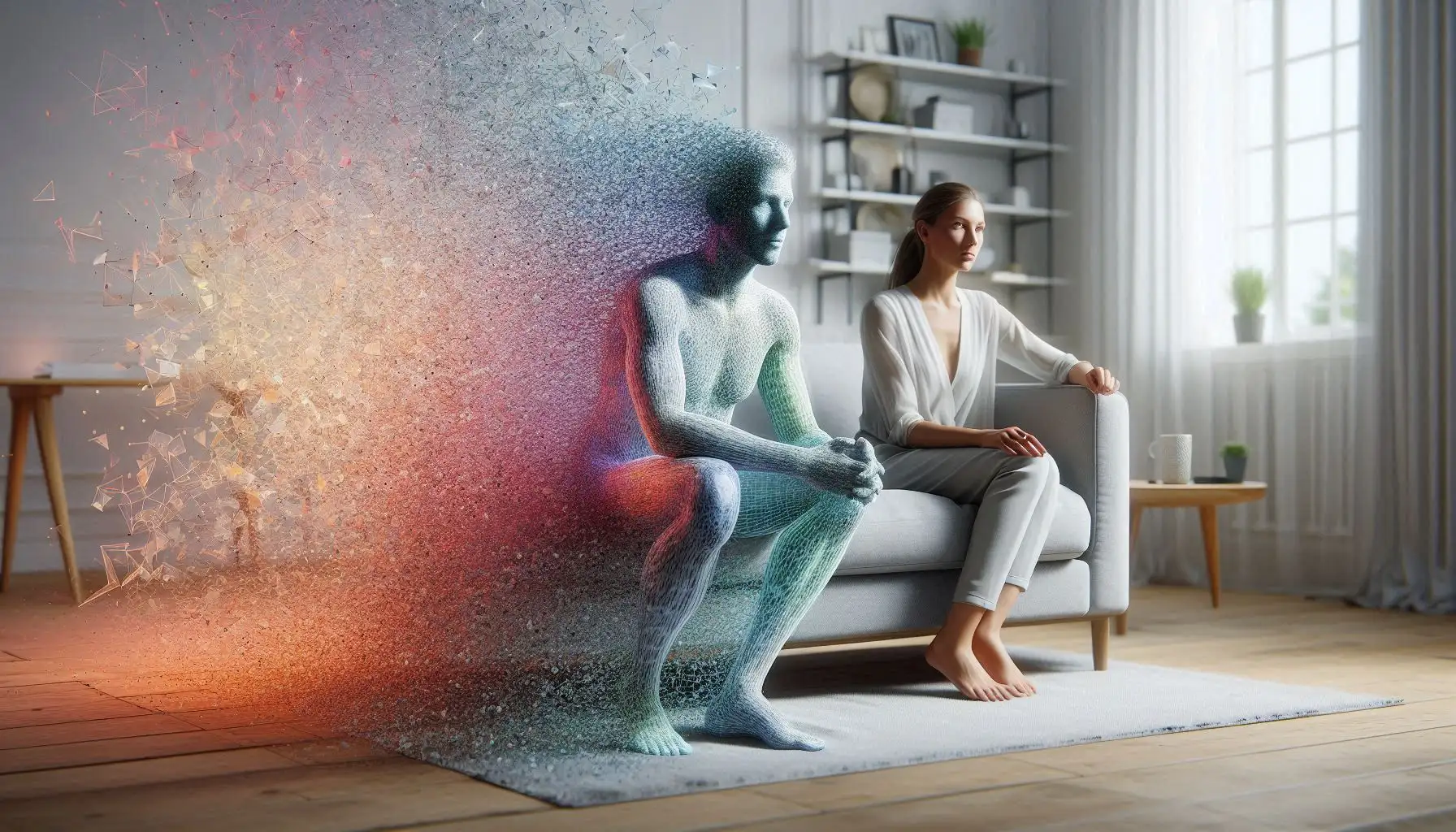4D scene reconstruction — building 3D environments that evolve over time — is one of the most ambitious challenges in computer vision today. Traditionally, it requires large amounts of high-quality, annotated real-world data, which is expensive, time-consuming, and often impractical to collect.
But what if we could train high-performing models without a single real-world sample?
That’s exactly what the recent paper Geo4D: Leveraging Video Generators for Geometric 4D Scene Reconstruction demonstrates. And here at SynthVision, we see it as a powerful real-world example of what synthetic data can achieve.
What is Geo4D?
Geo4D is a method for 4D scene reconstruction using only monocular videos, i.e., single-camera video footage. Its key innovation is that it is trained entirely on synthetic data.
The system leverages video diffusion models to generate predictions of depth, point clouds, and rays, and then integrates these outputs through a multimodal fusion pipeline. This setup allows it to capture both the geometry and motion of dynamic scenes.
Most impressively, Geo4D performs zero-shot generalization to real-world videos — outperforming previous methods trained on real data.
Why does this matter?
Geo4D shows us that well-designed synthetic datasets don’t just match real-world data — they can outperform it.
Why synthetic data works so well:
- Scalability: generate millions of samples automatically.
- Perfect, automatic labels for depth, motion, pose, segmentation, and more.
- Full scenario coverage, including rare or unsafe edge cases.
- Total control over scene variables like lighting, camera position, weather, materials, etc.
How SynthVision Can Help
At SynthVision, we help teams and researchers build custom synthetic datasets for any computer vision task. We use realistic 3D engines and automated pipelines to generate images and videos with annotations in formats like COCO, segmentation masks, keypoints, depth maps, normal maps, and more.
Whether you’re working on:
- 3D/4D reconstruction
- Object detection
- Pose estimation
- Action recognition
- Domain-specific image classification
…we can simulate your problem in a controlled, photorealistic environment and deliver exactly the data your models need.
Conclusion
The success of Geo4D is a reminder that the future of computer vision is data-centric. Instead of just scaling models, we need to scale the right data.
If you’re facing challenges with limited datasets, annotation complexity, or edge cases, let’s talk. SynthVision can help you design and generate the synthetic data your project really needs — fast, flexible, and fully customized.







One response to “How Synthetic Data Is Powering 4D Scene Reconstruction: Lessons from the Geo4D Paper”
I enjoyed reading this article. Thanks for sharing your insights.